The future does not happen; it is made. For change to happen, someone has to see the problem, develop a solution and get others involved. The Finnish Changemaker Map survey has identified Finnish changemakers and put them on one map, find connections between them and evaluate trends.
In addition to a digital map, the survey produced recommendations on how to enhance the impact of the work done by the changemakers in the form of a report titled Health check of the Finnish changemaker landscape.
Instead of only focusing on who the changemakers are, we should find out what kind of support they need for impact. From the Ashoka interviews it becomes clear that the changemakers need:
- stronger networks and focus on inclusion,
- to showcase the impact they achieve and inspire others to act,
- development of more flexible funding models for systems-changing work, including deeper and long-term partnerships with funders, public backing in new ways and stronger collaboration with businesses.
More people should identify themselves as the changemakers they are. We should help them create valuable networks they need and build a culture of courage to take action.
Ashoka Changemaker mapping identified changemakers in three categories:
- Social entrepreneur or changemaker. A social entrepreneur or changemaker is someone who has started a company or organisation that aims to find an innovative and entrepreneurial solution to a social problem. A social entrepreneur or changemaker also inspires and links other people to the change that is being pursued.
- Young changemaker. A young changemaker aged 16–25 has, in spite of their young age, recognised a social challenge and taken action. A young changemaker’s enthusiasm engages the commitment of other members of the community to participate in the change.
- Changemaker initiative or network. An initiative or network can be a collaborative project between two or more organisations with societal and social influence as its primary goal.
The survey used a snowball method, in which people who participate in the questionnaire and interview provide a referral for the next participant. There were criteria for the participants, which the Ashoka Nordic team used to select who to invite: social objective, working together, scalability and openness, co-operation and being well-established*.
The changemaker mapping process was carried out by Ashoka Nordic. Established in 1980, Ashoka is the world’s largest network of social entrepreneurs and changemakers.
*This criterion is applied slightly differently when it comes to young changemakers and initiatives/networks.
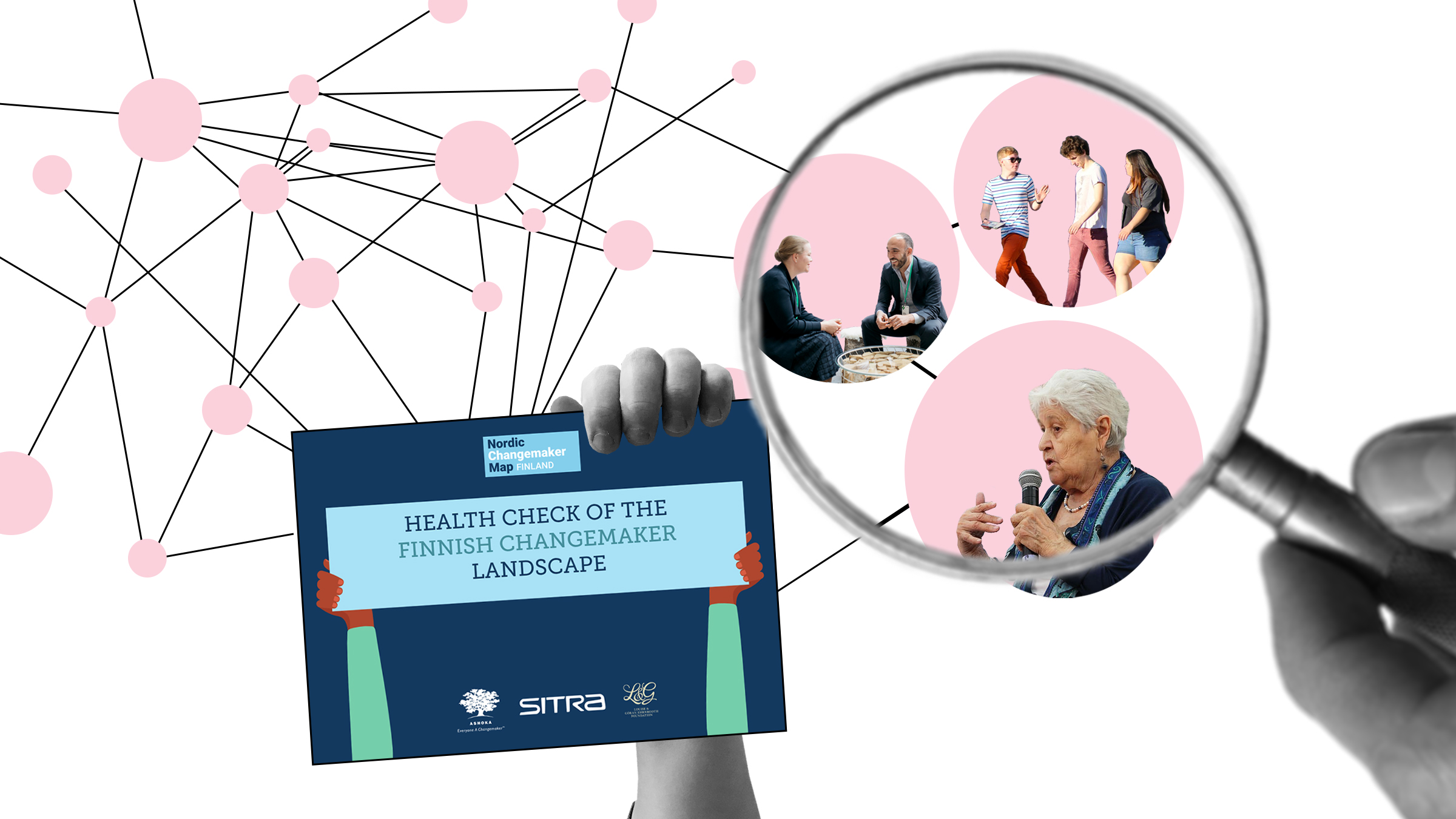
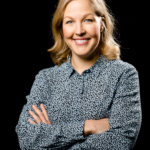
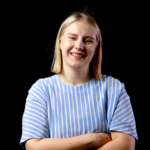
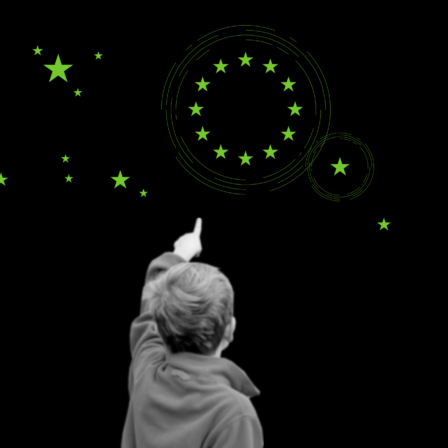
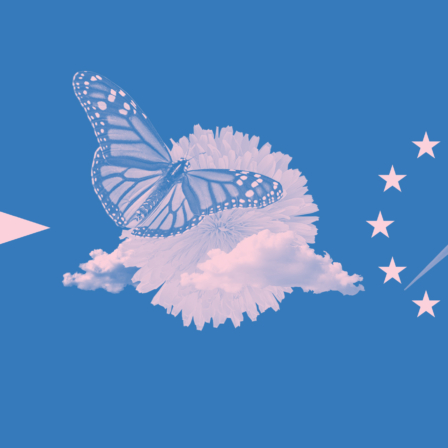
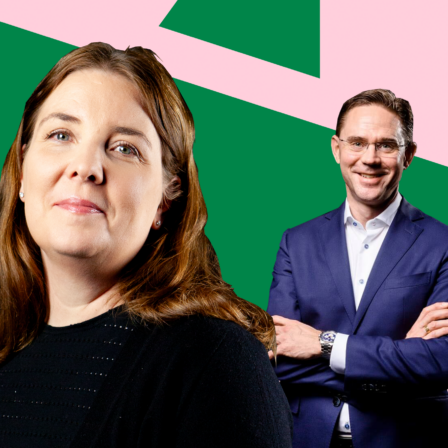
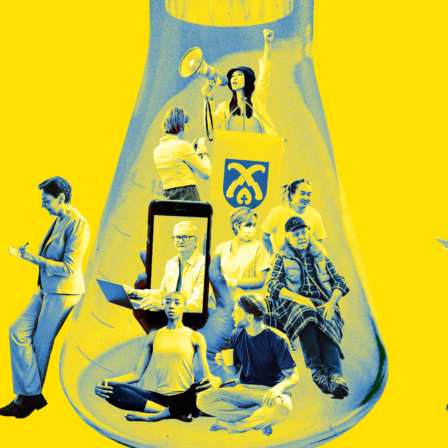
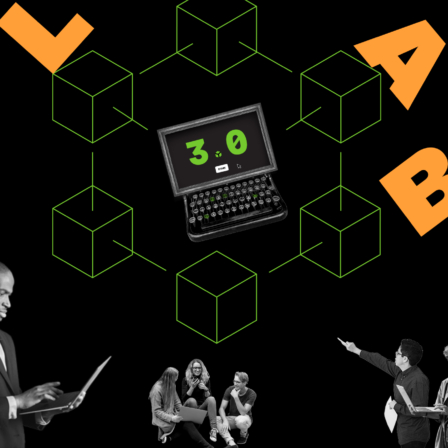
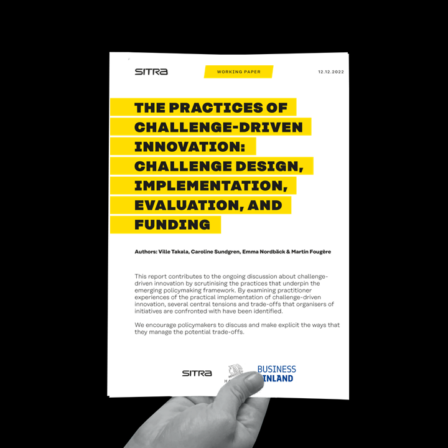
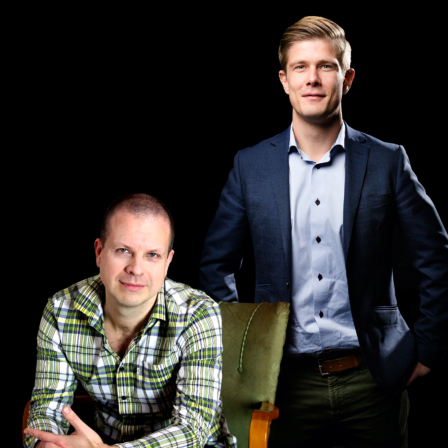
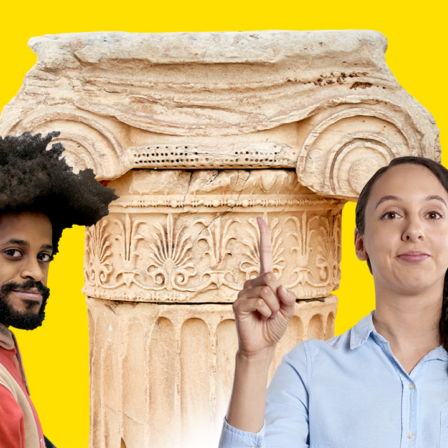
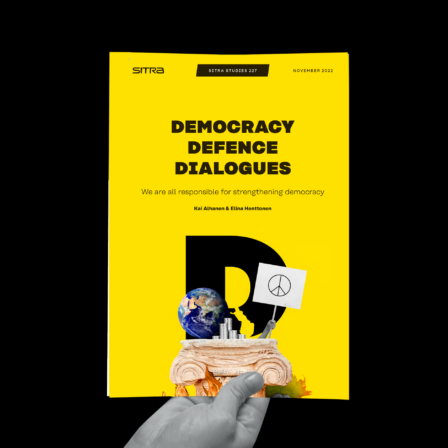


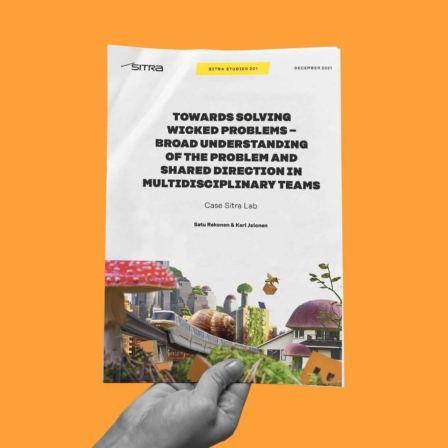


Recommended
Have some more.